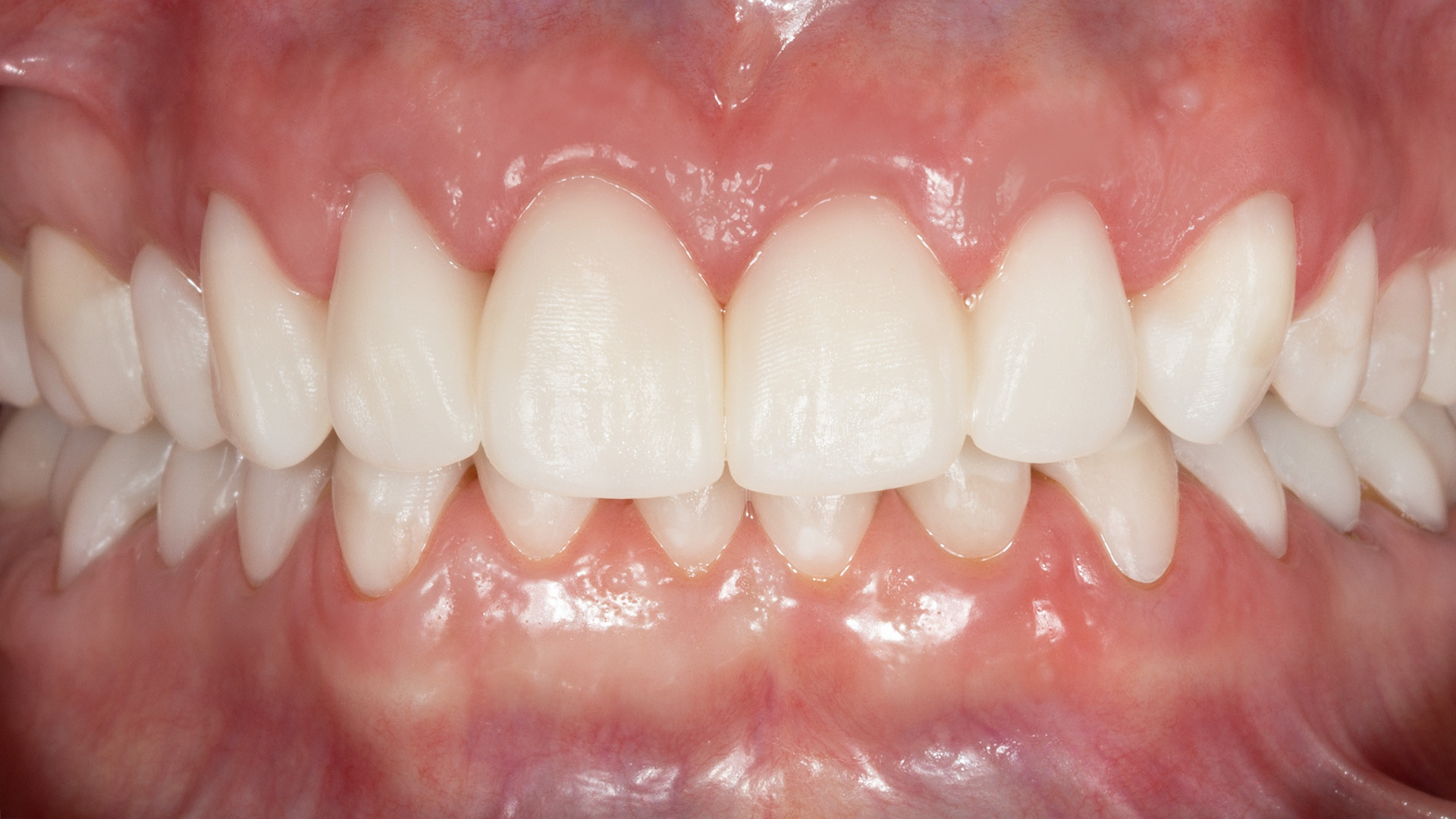
Here, we have a case report of a patient with abraded teeth caused by para-functional habit with a workflow including several control steps with mock-ups, X-rays and temporary restorations for achieving optimum function.
The patient, who suffered from abraded teeth caused by para-functional habit, requested a complete rehabilitation to restore her smile.
The dentist digitised the oral situation using the Detection Eye intraoral scanner, took photorealistic 3D facial pictures with the Face Hunter scanner and sent all acquired data to the dental laboratory. In order to ensure the best possible treatment to the patient, a safeguarded approach was adopted, including in the workflow three separate control steps before the production of the final zirconia restoration.

First control step
On the basis of the materials received, in the Zirkonzahn.Modifier software the technician designed two mock-ups, one for the upper jaw and one for lower jaw. Using mock-ups as a control phase is a valuable step in any kind of dental treatment. Mock-ups are a cost-effective, non-invasive and efficient way to check the treatment intraorally, improving the patient’s experience and assessment of the restoration.
In addition, they represent valuable tools to enhance communication also between dental technicians and dentists: thanks to the mock-up that the patient can wear in the mouth for several months, the dental technician can acquire all the necessary information to produce a final prosthetic without damaging the natural teeth. In the present case, the two mock-ups were milled in Multistratum Flexible resin and then used just to check functional, phonetic and aesthetic aspects in the patient’s mouth.


Second control step
After a minimally invasive preparation of the tooth structure, the clinical situation was digitised once again by the dentist. At this point, 28 single crowns were designed in the laboratory and milled out of the radiopaque Exmon Basic X-Ray resin.
This material allowed to check the restoration fit in the patient’s mouth by means of X-rays. This additional control step helped to avoid errors and adjustments during the production of the final restoration. At this stage, individual models were also produced using the P4000 System for 3D printing.
To facilitate the work process, the system comes with pre-configured settings and includes printer, software, post-curing lamp and resin.



Third control step
The 28 single crowns were joined in several bridges, then temporaries were manufactured using the Prime Multistratum resin. This PMMA-based resin, with natural colour gradient from dentine to enamel, shows improved material properties in terms of translucency values, high flexural strength as well as fracture and abrasion resistance and is the ideal solution for the production of long-term temporaries as well as different secondary and tertiary structures.
The patient worn the temporary until insertion of the final zirconia restoration.






